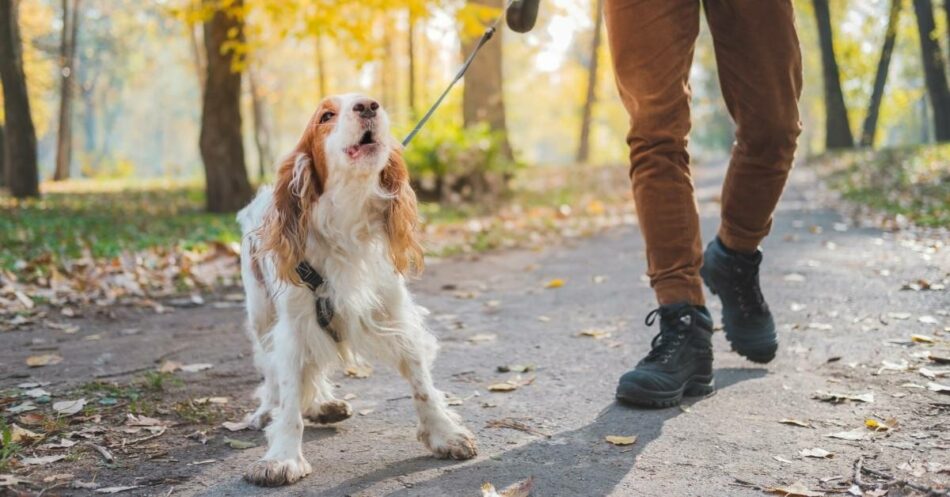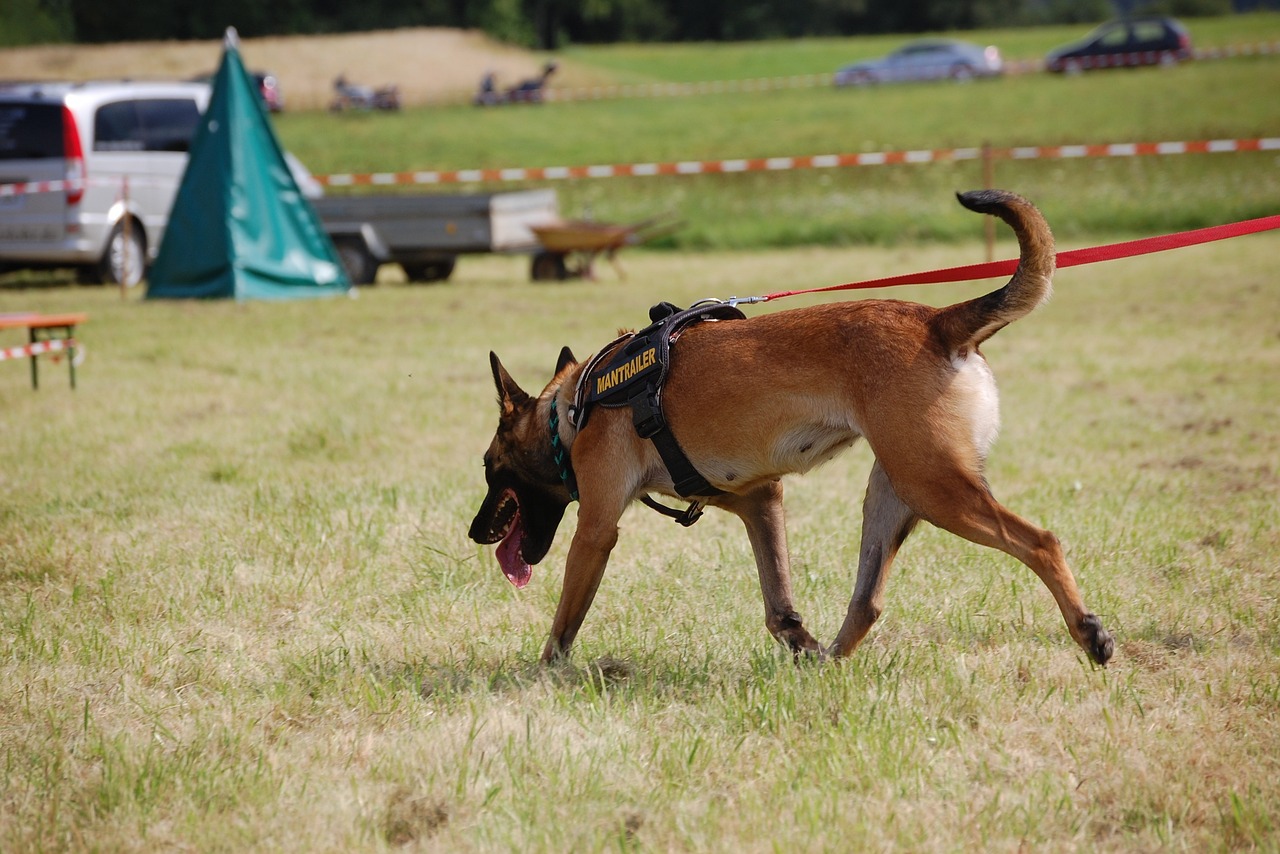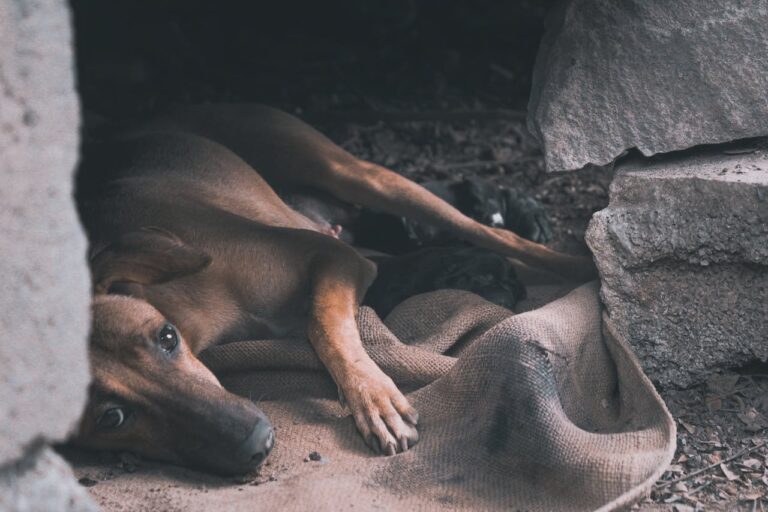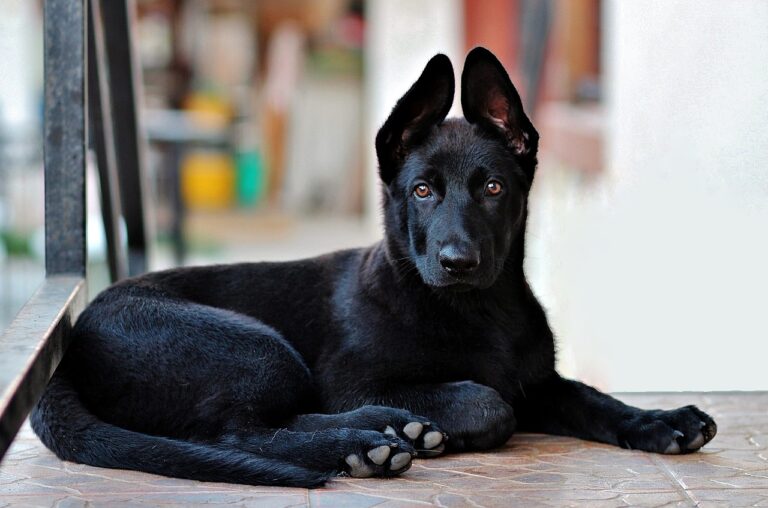
Imagine having a dog run and hides at the sound of every noise or the sight of every dog or person. That would not be nice at all. Or what if your dog barks and is aggressive toward everything that movies? Would you feel comfortable taking dogs with those behaviors above? What about owning such a dog? Well, most people will say no to owning such a dog.
And yet these are the type of dogs owned by one-third of the population of dog owners and lovers. What if we told those reading this article that you could build your dog’s confidence through socialization? And in fact, this is what today’s post is all about. We will be covering ten steps to help socialize an always-scared dog.
You can train your always-scared dog to be confident and social using these ten steps below…
- Create a safe environment for your dog.
- Gradually expose your dog to new environments.
- Use positive reinforcement.
- Use Decentralization and Counterconditioning Technics.
- Introduce your dogs to other dogs in a controlled environment.
- Introduce your dog to people in a controlled environment.
- Gradual exposure to different environments
- Practice Obedience Training.
- Be patient and consistent.
- Be bold to include a professional.
These ten steps may seem overwhelming to you, but not to worry; in the section below, we will cover in more detail how each of these steps works and how it will be very effective in breaking your dog fair when applied correctly.
Table Of Content
Ten Steps to Building Your Dogs Confidence Explained.
1. Create a Safe And Calm Environment for Your Dog.
Designate a quiet space where your dog can retreat and feel secure. Provide a comfortable bed, toys, and a crate if your dog finds it comforting. If it is a crate you decide to use, we recommend keeping it close to you so you can monitor what goes on inside the crate.
2. Gradual exposure to new experiences
Introduce your dog to new people, places, and situations slowly and calmly. Start with low-stress environments and gradually increase the level of exposure. For example, begin by inviting a few calm and trusted friends and then progress to more crowded areas.
A good way to enhance your dog’s confidence training when ready is to send it for grooming or to the vet. These exercises will help your dog get comfortable about being touched by strangers, thus improving your dog’s behavior in public together.
3. Positive reinforcement
Use positive reinforcement techniques, such as treats, praise, and petting, to reward your dog for calm and confident behavior. Rewarding small steps and progress will help build your dog’s confidence. Rewarding your dog after it has done what you wanted it to and using clickers or parishes to mark its behavior is important. Never use rewards or treat as a bribe to make your dogs perform a task or stop engaging in a task. The goal is always to reward good behavior.
4. Desensitization and counterconditioning
Gradually expose your dog to stimuli that trigger fear or anxiety while pairing them with positive experiences. For example, if your dog is scared of strangers, have a friend approach your dog calmly and offer treats. Repeat this process, gradually increasing the proximity and duration of exposure.
And if your dog is rattled by sound, make loud noises with your mouth and other appliances while encouraging your dog to play. If your dog plays through whatever sound that should originally make him fearful, praise and reward to encourage the new behavior.
5. Controlled introductions to other dogs
Organize controlled playdates with well-behaved and friendly dogs. Choose calm and non-threatening dogs to help build positive associations with other canines. Supervise the interactions closely and intervene if signs of fear or aggression arise. Another thing to remember is that your dog needs to learn to interact with dogs of its age before seeking to interact with much older dogs. For more information on teaching your dog how to interact with other dogs, check out this relevant article in the link.
6. Consistency and routine
Maintain a consistent routine for your dog, including regular feeding times, exercise, and training sessions. Consistency helps provide a sense of security and predictability for a scared dog. We recommend choosing a few minutes before feeding time as a good time for training, as the food would solely drive your dog.
7. Gradual exposure to different environments
Take your dog on regular outings to expose them to different environments and situations. Start with quiet parks or streets and gradually progress to busier areas or places with more stimuli. We have seen taking your dog to the vet for grooming and to the park to help expose your dog to a whole lot of stimuli, which, if done properly, could improve your dog’s overall confidence.
8. Practice obedience training
Teaching your dog basic obedience commands, such as sit, stay, and recall, can help them feel more secure and give you better control in challenging situations. Training sessions can also be a bonding experience that boosts your dog’s confidence.
9. Be Patience and understanding
Remember that each dog is unique, and progress may take time. Be patient, understanding, and supportive throughout the socialization process. Avoid pushing your dog too quickly or forcing them into situations that may overwhelm them.
10. Don’t Be Shy to get Professional help
Consider seeking assistance from a professional dog trainer or behaviorist specializing in fear and anxiety. They can provide personalized guidance and create a training plan tailored to your dog’s needs. They would also be able to easily identify the root cause of your dog’s social anxiety, thus expediting the overall training experience of your dog.

Final Thoughts
With the tips in this post, you will find socializing your always-scared dog easy and rewarding. We only advise that you set realistic goals and expectations for your dog. This will help you to maintain courage if your dog is slow in picking up on your training. Remember that your dog’s progression will be determined by the breed and skill level inbuilt into your dog. For more information on puppy socialization, click the link.



